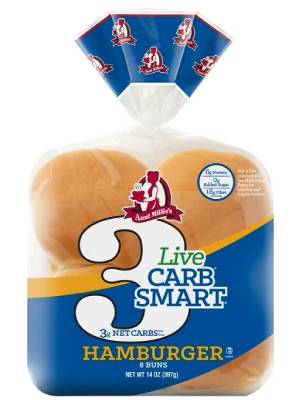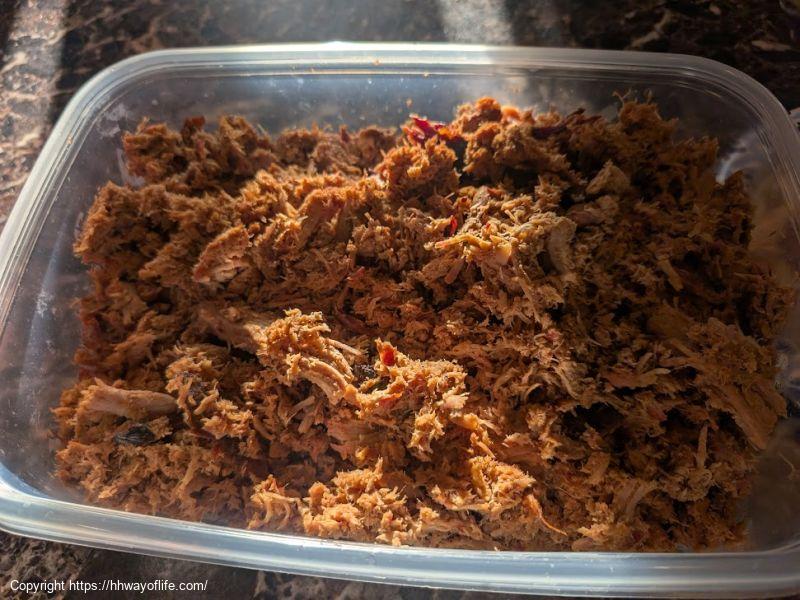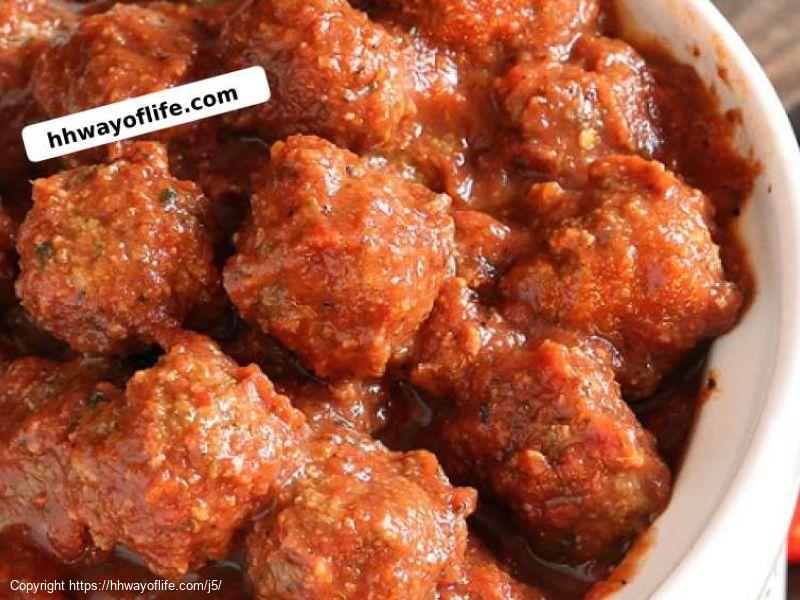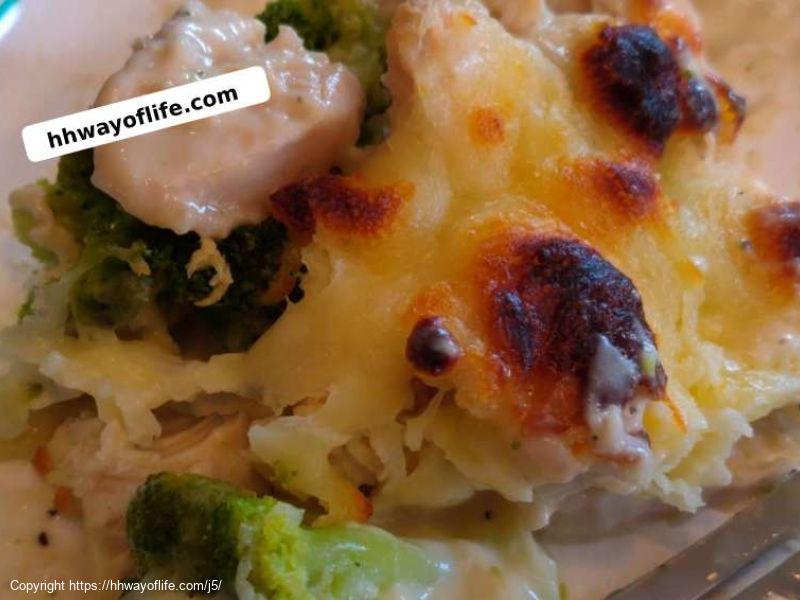Food Nutrition Facts
Nutrition Facts For
Hamburger Buns - Low Carb - Live Carb Smart
Portion Size: 1 Bun
| Nutrient | Value | % Daily Value* |
|---|---|---|
| 50.0 kcal | 3% | |
| 1.5 g | 0% | |
| 0.0 g | 0% | |
| 0.0 mg | 0% | |
| 240 mg | 10% | |
| 80.0 mg | 3% | |
| 21.0 g | ||
| 18.0 g | ||
| 0.0 g | ||
| 3.0 g | ||
| 6.0 g | ||
| Buns |
*Daily value based on a 2,000 calorie diet. Your daily values may be higher or lower depending on your calorie needs and health goals.
Calculate your daily calorie needs here
Nutrition Facts For 1 Bun of Hamburger Buns - Low Carb - Live Carb Smart

Live Carb Smart Low Carb Hamburger Buns are specifically designed for individuals looking to reduce their carbohydrate intake, often fitting into ketogenic or low-carb lifestyles.
Here's a description based on the information available:
- Low in Carbohydrates: The primary characteristic is their significantly reduced carbohydrate content compared to traditional hamburger buns. They typically boast a low net carb count, often around 3 grams of net carbs per bun.
- High in Fiber: To compensate for the reduced traditional flour, these buns are often made with ingredients high in dietary fiber. They can contain a substantial amount of fiber, sometimes as high as 17-18 grams per bun, which contributes to satiety and digestive health.
- Good Source of Protein: Some varieties also offer a decent amount of protein, around 6-7 grams per bun, which can help with fullness.
- Zero or Low Sugar: They typically contain 0 grams of added sugar and often have 0 grams of total sugar. Some may use alternative sweeteners like allulose.
- Lower Calorie: Compared to regular hamburger buns, they are often lower in calories, typically around 50 calories per bun. No High Fructose Corn Syrup: Many brands emphasize the absence of high fructose corn syrup.
- Keto-Friendly: Due to their low carb and sugar content, they can be a suitable option for those following a ketogenic diet.
- Texture and Taste: While aiming to mimic the texture of regular buns, they may have a slightly different consistency. Some consumers find them soft and palatable, especially when toasted, while others might notice a subtle difference compared to traditional wheat-based buns.
- Ingredients: Common ingredients include resistant wheat starch, wheat gluten, water, oat fiber, wheat protein isolate, allulose, inulin, and other additives for texture and preservation. They may also contain sesame seeds







